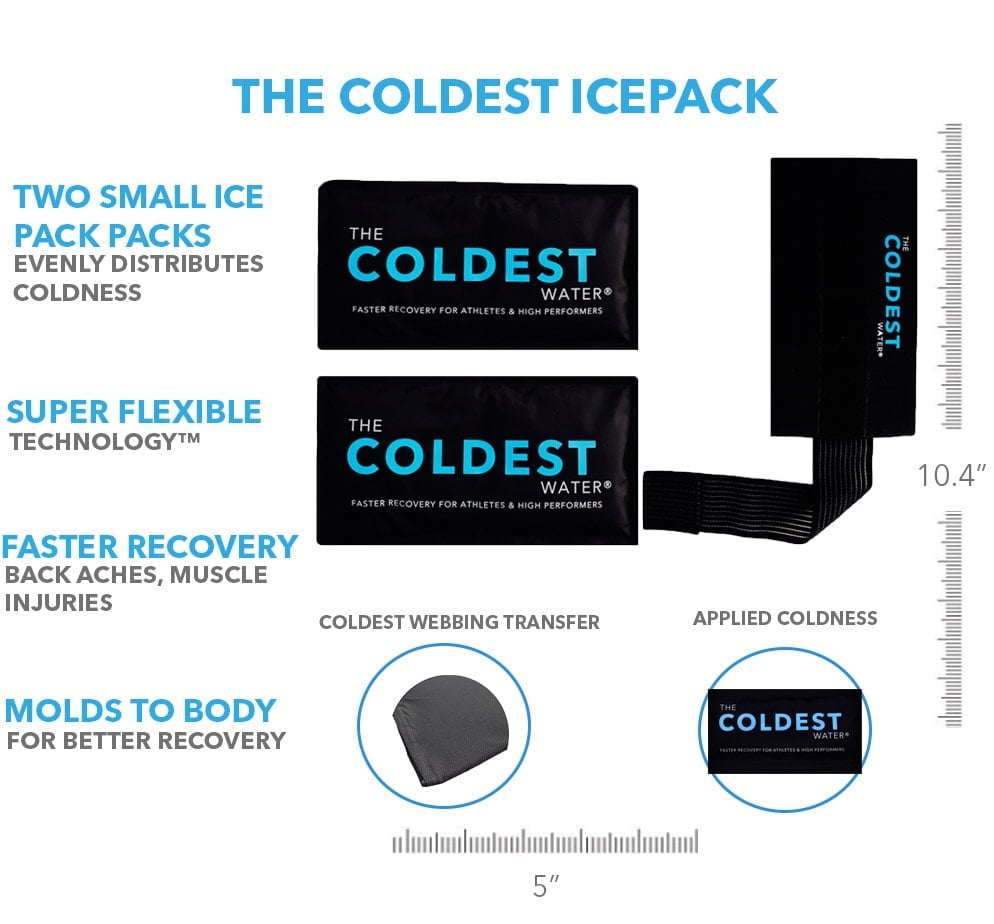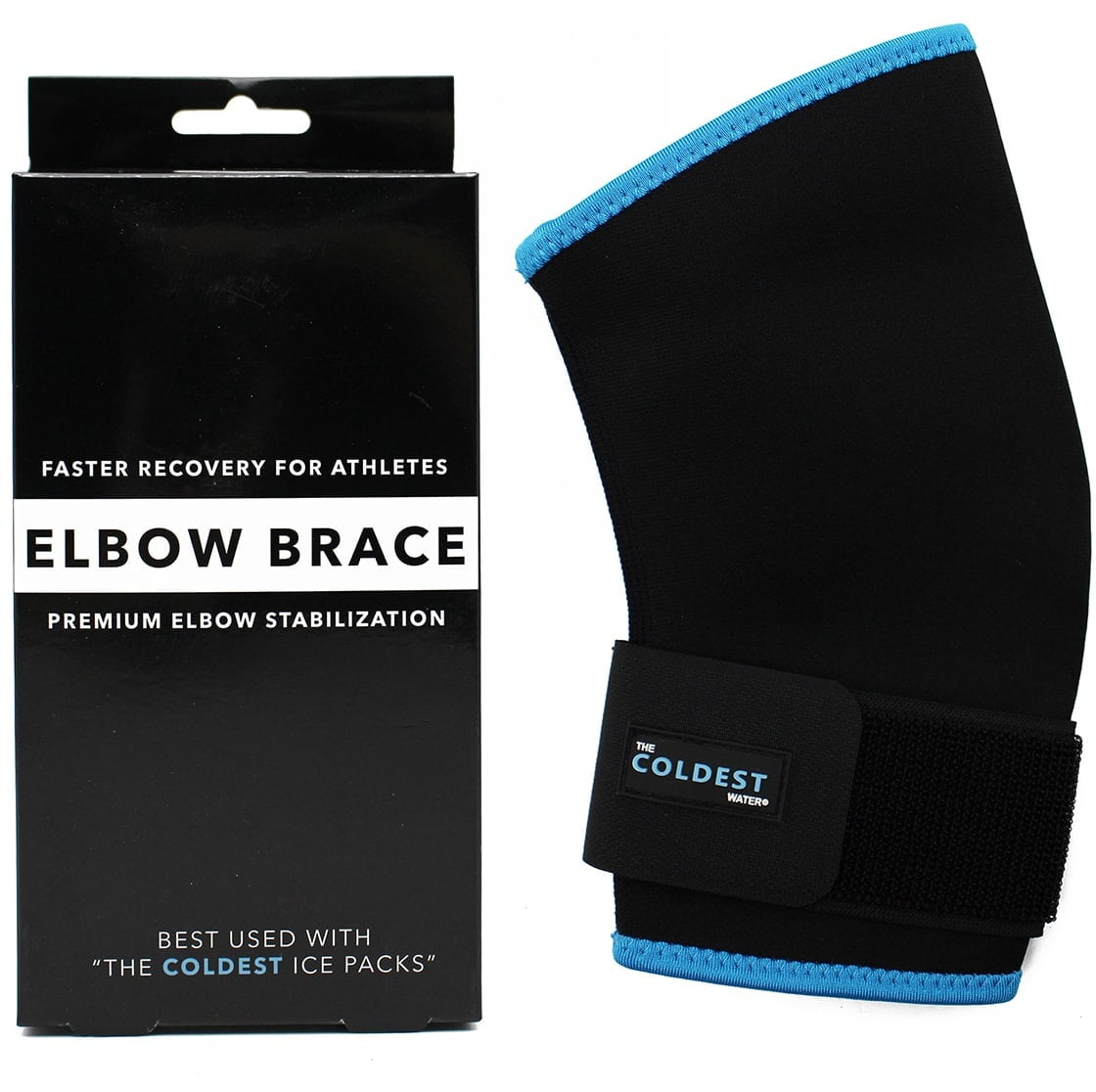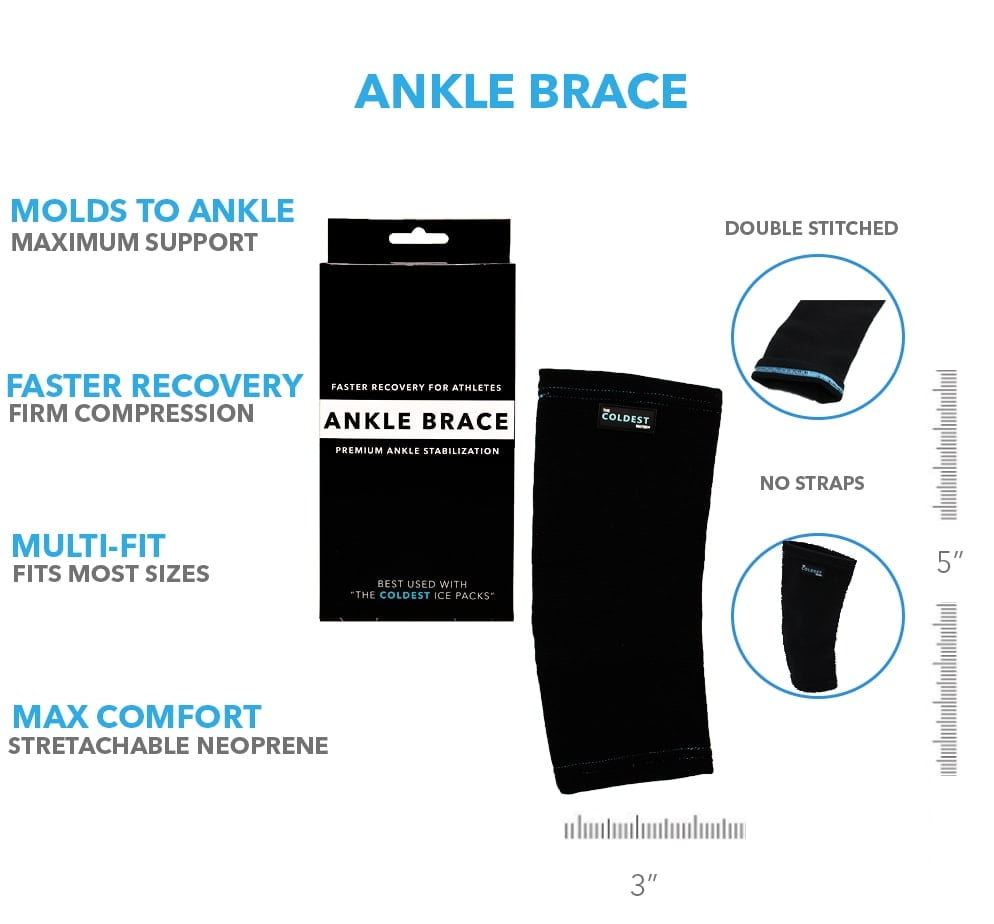Tennis Elbow (Lateral Epicondylitis) Causes, Symptoms and Treatments
-
Tennis Elbow
-
Causes of Tennis Elbow
-
Symptoms of Tennis Elbow
-
How to Diagnose the Tennis Elbow
-
Tennis Elbow Treatments
Tennis Elbow:
The term “Tennis Elbow” describes a condition of swelling in the tendons of the elbow as well as of arms. In simple words, it is swelling of elbow or arm tendons which cause pain in infected parts. According to medical experts, the Tennis Elbow is a form of tendinitis. The elbow or arm tendons are tough groups of tissues connecting the lower arm muscles to bones. Despite the name of this disorder, other people may also get this problem even if they have never been close to the tennis court. People who commonly use their first two fingers and thumb to grip something may also face the Tennis Elbow. This is among the most frequent issues among the people who contact doctors because of the elbow pain. This disorder is common among older people (above 40 years).
Causes of Tennis Elbow:
The disorder usually establishes with the passage of time. The main cause of Tennis Elbow is the repetitive movement such as gripping the rackets while swinging them. This can create muscle strains putting huge pressure on the arms muscles and tendons. Frequent events of this strain can lead to small tears in tissues of arm muscles. Other causes are given here.
- Racquetball.
- Tennis.
- Weight lifting.
- Fencing.
- Squash.
The Tennis Elbow is also common among the people who require gripping or repetitive movement of the arms for a job or a hobby such as:
- Typing.
- Painting.
- Carpentry.
- Knitting.
- Raking.
Read More: How to Heal Tennis Elbow?

Ice Pack SHOP NOW
Symptoms of Tennis Elbow:
There is a bony knob outside the elbow. This bony knob is important for the elbow movement. In case of Tennis Elbow, you will feel tenderness and pain in this area. This bone has a location where the bone connects with injured tendons. Pain caused by injury may radiate in your lower as well as upper arms. Although the injury is your elbow, you are expected to feel pain whenever using your hands to do something.
Tennis Elbow could be more painful when someone tries to:
- Lift weight.
- Shake hands.
- Opens or closes a door.
- Gripping an object.
- Making a fist.
- Straightens the wrist.
- Raising the hand.
Remember, the symptoms of Tennis Elbow are almost similar to that of Golfer’s Elbow. However, the later condition damages the tendons present inside of the elbow.
How to Diagnose the Tennis Elbow?
A doctor will choose a thorough exam of your elbow in order to diagnose this pain. The doctor will ask the patient to flex his elbow, wrist, and arm in order to find where it hurts. Imaging tests are also used for diagnoses of Tennis Elbow. MRI and X-rays are commonly used for the detailed analysis of injury and its causes.
Tennis Elbow Treatments:
The good news related to Tennis Elbow is that it heals on its own with the passage of time. All you have to ensure is proper rest and stop all activities causing pain in the elbow. Also, you will need to take steps to speed up healing. Treatment choices are as given below.
- Icing: Apply ice to your elbow and it will reduce swelling and pain. Experts suggest doing this treatment for a period of 20 or 30 minutes after each 2 to 3 hours for a few days. It would be better to try Coldest Ice Pack which is a modern cold therapy product. This product is a marvelous choice offered by The Coldest Water. It enables the sportsmen, athletes or others to enjoy benefits of cold therapy without facing conventional issues.
Read More: All About Golfers Elbow

Best Elbow Brace SHOP NOW
- Try an elbow strap: This elbow strap is used to protect the tendons. It is necessary to ensure that your tendons are not going to get further strain.
- Take NSAIDs: The Non-steroidal Anti-inflammatory Drugs such as aspirin, naproxen, and ibuprofen help with swelling and pain. Remember, these drugs have side effects such as ulcers and bleeding. Occasional use of these drugs is safe but it is better to get prescription from a physician especially if you have complicated medical conditions such as high blood pressure, cardiac disorders and others.
-
A range of motion workouts: Fitness experts recommend a range of motion exercises in order to increase flexibility while reducing the stiffness in muscles. The doctors or fitness trainers may suggest repeating these workouts 3 to 5 times a day.
- Physical therapy: This is a safe and effective method to control Tennis Elbow. This treatment is beneficial as it stretches the muscles and builds strength.
- Steroidal injections: Sometimes, the doctors may suggest steroidal injections or painkiller injections. These are temporary options to control swelling and pain, especially around your joints. Research studies confirmed that these options are not helpful in the long term.
Most of these Tennis Elbow treatments will help you to control the disorder. However, the doctors may think about surgery if all these treatments don’t show positive outcomes in a period of 4 to 5 months. In most cases of Tennis Elbow surgery, the damaged portion of an injured tendon is removed while the remaining portion of the tendon is repaired. More than 80 to 90 % of surgery cases have a positive effect.
Read More: Tennis Elbow Recovery

Best Ankle Brace SHOP NOW
Recovery:
Of course, patients always want to learn when they can get back to their daily activities after using different treatments of Tennis Elbow. This totally depends on the nature of damage and cause of injury. Healing time varies case to case. Whatever you think, don’t plan to get back to the previous routine until your doctor recommends. You can get a severe injury if ignoring the precautions. You can return to activities when you can:
- Grip or lift heavy things without pain in the elbow.
- The injured elbow is stronger like uninjured one.
- There is no swelling.
- Moving or flexing the elbow is easy.
Prevention:
- Avoid overuse of repetitive motions.
- Choose the right racket or golf club.
- Correct your gesture or body posture while playing.
- Ice the elbow after workouts.
- Warm up before playing games.



